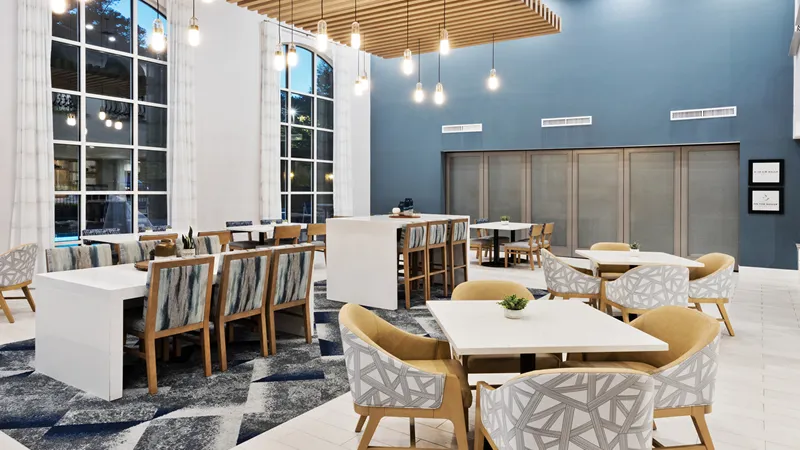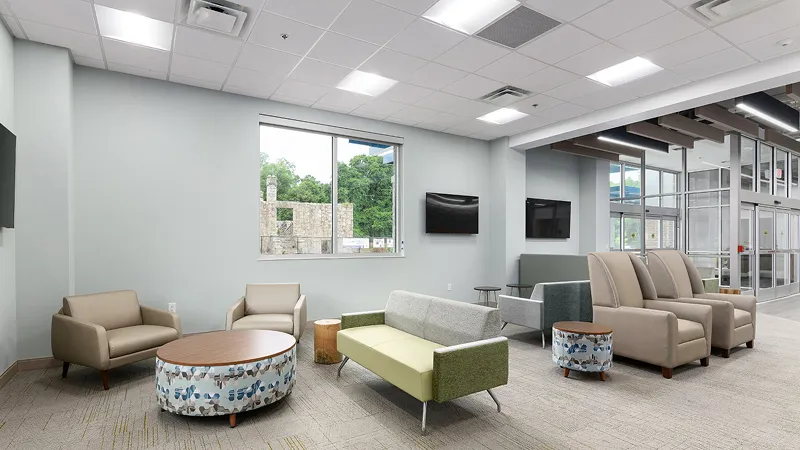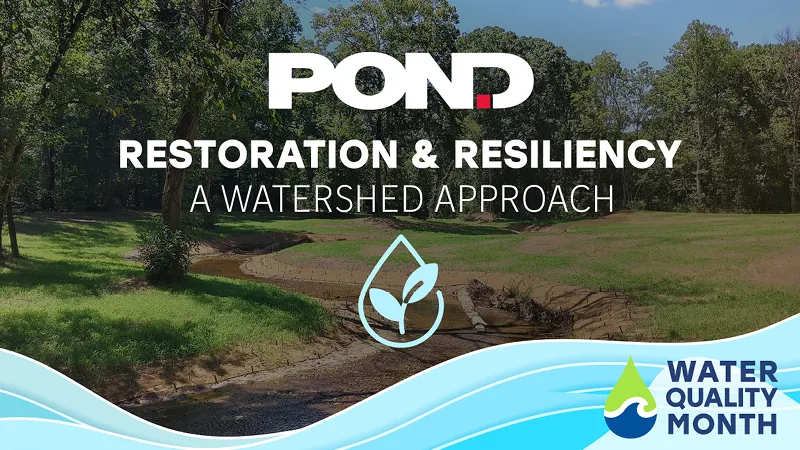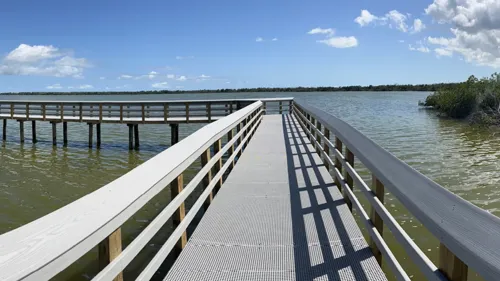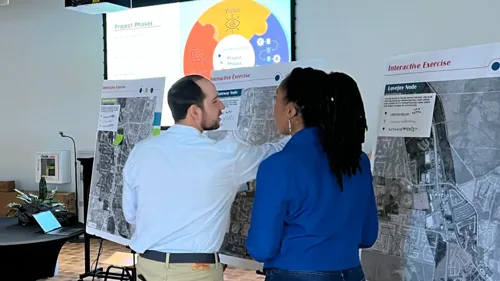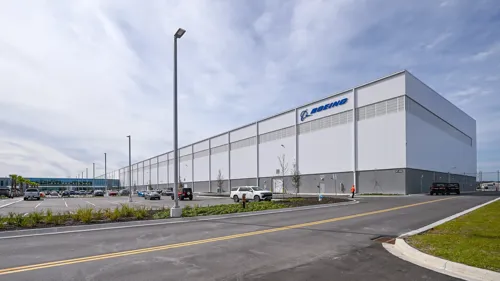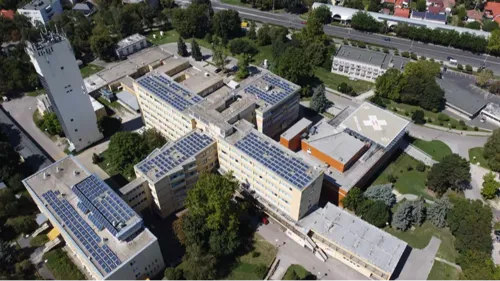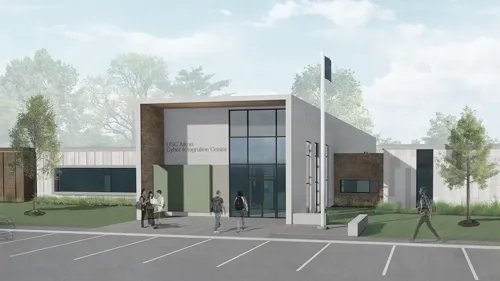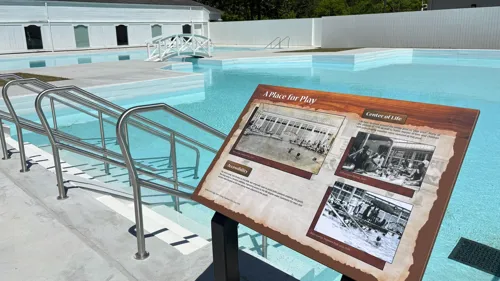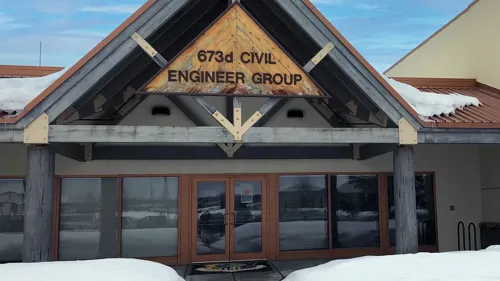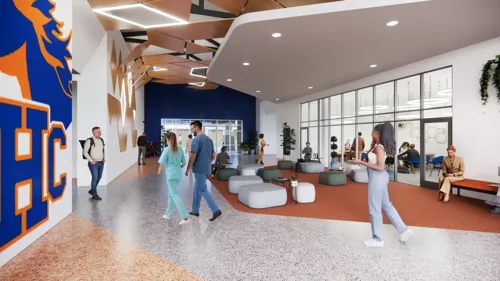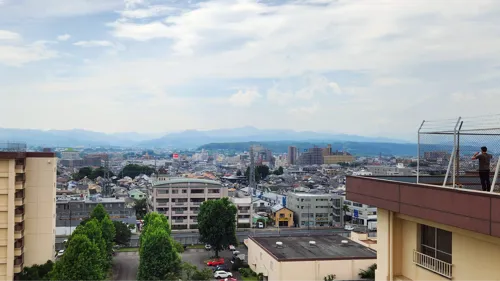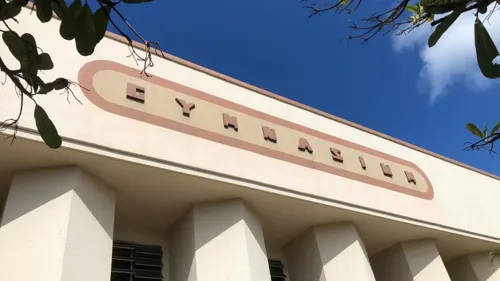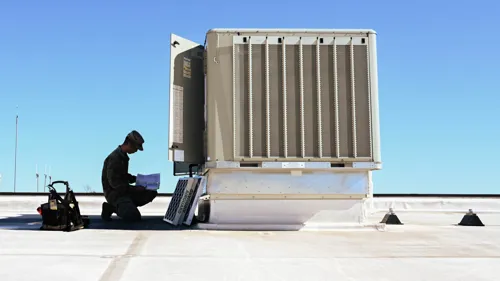Positioning the Pacific for Facility Sustainment, Restoration & Modernization
Introduction
In the Indo-Pacific theater, where vast distances, extreme weather, and escalating strategic competition converge, the resilience of Pacific Air Forces (PACAF) infrastructure is essential. Facilities must not only endure harsh conditions but also enable sustained, rapid-response operations across the region. From typhoon-prone bases in Guam to the freeze-thaw terrain of Alaska, resilient infrastructure is essential to mission readiness and the well-being of deployed Airmen and their families.
To meet this challenge, the Air Force Installation and Mission Support Center (AFIMSC) Detachment 2 launched the PACAF FSRM Execution Initiative—a proactive effort to accelerate facility sustainment and modernization through mission-aligned planning and design support. Delivered by the Pond-CDM Smith Joint Venture, this initiative supports installations across Japan, Korea, Guam, Alaska, Hawaii, Wake Island, and other strategic locations, tailoring each package to local mission profiles and environmental demands.
Designing Resilient Infrastructure for Mission Execution
Each installation in the Pacific presents a unique set of challenges. In Alaska, design efforts account for seismic vulnerability, permafrost, and narrow seasonal construction windows. In Guam and the Northern Mariana Islands, typhoons, extreme heat, and corrosive salt air are persistent. Across Japan and Korea, aging infrastructure and space limitations necessitate phased modernization strategies.
Rather than applying a one-size-fits-all model, the PACAF FSRM Execution Initiative ensures each project is tailored to local mission needs, environmental conditions, and installation priorities. Since its inception, the initiative has delivered over 160 facility sustainment and modernization projects, including:
- Aircraft hangar renovations and expansion
- POL infrastructure upgrades and drainage repair
- Dormitory and child development center renovations
- Fire suppression retrofits and seismic evaluations
- Secure facility assessments and SCIF-related planning
- Power resiliency studies and utility system repairs
Planning and design deliverables are typically developed to the 15% or 35% concept level, supporting decisions under the Air Force Comprehensive Asset Management Plan (AFCAMP). Each package is mapped to AFCAMP’s Planning Vector Check (PVC) or Scoping Vector Check (SVC) milestones, providing the technical and programmatic foundation needed to advance toward execution, whether through centrally programmed projects or local funding streams.
Advancing Infrastructure Delivery From Concept to Execution
Installations across PACAF face pressing infrastructure needs, but executing those projects can be delayed by planning gaps, incomplete documentation, or misalignment with funding criteria. The FSRM Execution Initiative was developed to bridge that gap, delivering charrettes, concept designs, cost estimates, and programming documents that align precisely with AFCAMP validation requirements.
Examples of this include:
- Typhoon recovery planning and WRM storage strategies in Guam
- Hangar renovations and dormitory upgrades in Japan and Alaska
- Airfield lighting and pavement assessments at Wake Island and Kunsan AB
- Secure facility modifications and utilities hardening at Osan and Elmendorf
- Fire protection improvements, warehouse conversions, and emergency shelter designs across the area of responsibility (AOR)
Each project is developed in close coordination with installation stakeholders and AFIMSC Det 2, ensuring the deliverables are not just technically complete, but operationally relevant, fundable, and ready to move forward.
Sustainment Meets Quality of Life
Mission assurance and Airmen's well-being go hand in hand. Beyond airfield infrastructure and mission support facilities, many of the projects under this initiative enhance daily life for service members and their families. These include dormitory overhauls, DFAC renovations, childcare center repairs, and fitness facility improvements.
All planning and design efforts incorporate UFC standards, antiterrorism/force protection (AT/FP) criteria, and environmental and energy resilience requirements from inception. Fire suppression, PFAS mitigation, emergency egress, and seismic stability are routinely addressed in early-stage packages, reducing the risk of redesigns or compliance shortfalls downstream.
Planning charrettes play a central role in this streamlined process, bringing together base engineers, mission owners, and leadership to align priorities and validate operational feasibility. In FY24 alone, dozens of these engagements occurred across Japan, Korea, Alaska, and Guam, ensuring that designs not only met the mission but also reflected on-the-ground realities and constraints.
Conclusion
With over 160 projects delivered across the Pacific theater, the PACAF FSRM Execution Initiative reflects a broader shift toward agile, mission-aligned infrastructure delivery. Led by AFIMSC Detachment 2 and supported by cross-functional design teams, the initiative helps installations advance from infrastructure needs to executable solutions, supporting combat readiness, force resilience, and operational continuity.
Pond plays a critical role in this effort by providing integrated planning, design, and execution support. Our teams work closely with military stakeholders to streamline project delivery, align facility investments with mission priorities, and support current and future mission requirements. Learn more about Pond’s mission-critical federal work.
